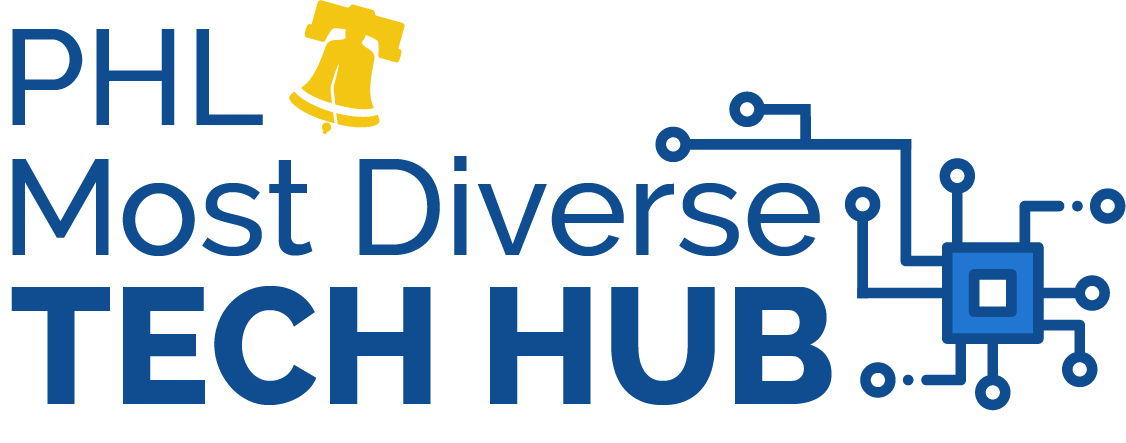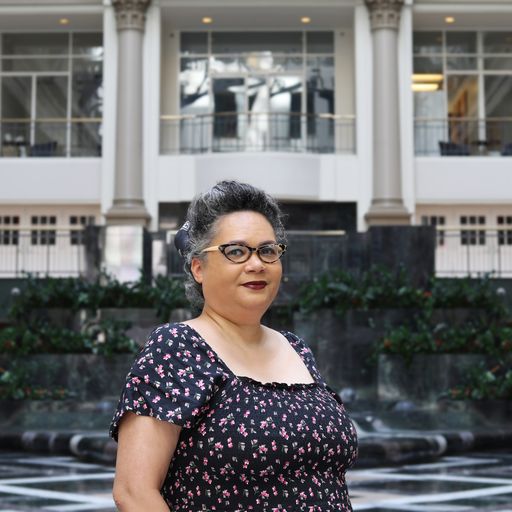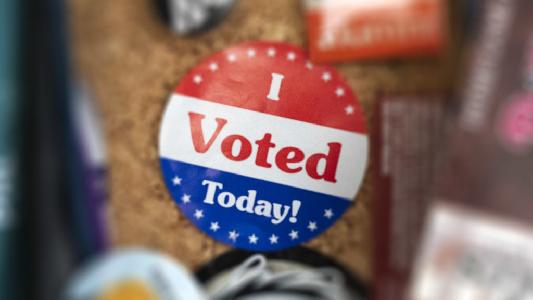Diversity, equity and inclusion in talent acquisition can be reduced to a box-ticking process when the endgame is to make the company look good.
Mercedes Ballard and Kristin Bond, founders of heristic talent management consulting firm, want employers and HR professionals to look at DEI hiring as just one step in a larger strategy. A better endgame: being a workplace of belonging for all different kinds of people.
“We have spent our entire careers building recruiting pipelines, referral networks, and speaking with candidates of all kinds to build world class teams,” Bond said. When she and Ballard launched the consultancy business, “we knew that the most effective way to build these things was to center DEI practices in the DNA of every single thing that you build, especially recruiting. And because of that, we also understand how much more goes into the concept of DEI recruiting from an organizational perspective than just what’s happening in your talent acquisition team.”
Ballard and Bond led the virtual workshop “Recruiting with a DEI lens,” part of Technical.ly’s Most Diverse Tech Hub initiative. Geared toward CEOs, management and HR pros, the interactive session included polls, worksheets and plenty of actionable advice on not just DEI hiring, but establishing a workplace that is inclusive for the long term.
Here are the biggest lessons:
Defining DEI practice
First, the terms, as defined by Ballard and Bond:
- Diversity — The understanding of the representation inside of your organization
- Equity — Building support and allocating resources to achieve fair outcomes for all the different people in your organization
- Inclusion — The daily practice of actual actions that can achieve the outcome (i.e. belonging)
“Another way to visualize this practice is: Diversity is the understanding, inclusion is the action and belonging is the result,” Bond said.
Why diversity recruiting doesn’t begin or end with building pipelines or diversity initiatives
Diversity recruiting, Bond said, actually starts with company culture.
To visualize that, pretend you’re a farmer:
“You’re only focusing your efforts on finding the rarest, most delicious, most colorful seeds, but you don’t spend any time at all cultivating your soil for when you plant them so that they will grow,” Bond said. “I tell you that metaphor to encourage you to see that the most important thing is intentionality in developing your [diversity] strategy. Intentionally ingrains these concepts into your organization’s culture, rather than just trying to sprinkle diversity recruiting strategies on the end as an afterthought that’s going to actually affect your [talent acquisition] strategy to be effective. And it all starts with your mission and values.”
Building your diversity recruitment strategy in a way that genuinely attracts and engages underrepresented prospects
Participants were asked to share their company’s guiding statements in the workshop to see how foundational DEI is in their current statements.
Why should org leaders care about that?
“We believe that in order to adequately demonstrate your organization’s commitment to diversity, equity, inclusion and belonging, these concepts should be embedded in the guiding principles of your organization,” Ballard said. “This is how decisions are made, how leadership is chosen, how people were reviewed.”
Bond stressed the importance of setting DEI goals, suggesting that company leaders start by reflecting on their community’s publicly available data.
“You can always look up what your demographics are in your city,” she said, adding that DEI isn’t only about who you hire. “Your vendors are always a way to increase the representation that you have in your community. And then when you have all of this armed with all that you can find gaps for underrepresented groups in your organization.”
The consultants recommend working proactively and anticipating future needs.
“If it falls to you in any way to take responsibility for building these things: If you build it, they will come,” Bond said. “What I mean by that is, don’t wait until your first hire needs accessibility tools. Build it now, so it’s ready and that first disability hire feels welcome the first moment they arrive, and then they’ll refer all their friends.”
How to apply these lessons to your DEI recruitment strategy
There are four main ways this info can be used, per Ballard:
1. Auditing and updating your talent acquisition process for equitability
- “This might look like analyzing your talent acquisition funnel — everything from source to hire — by demographic category to mitigate bias in the interview and application process and ensure that diverse candidates have a fair shot at getting into your organization.”
2. Creating custom goals and strategies around the pipeline that you’ve identified as gaps
- “You can make sure that in identifying those gaps, there is an emphasis for relatability in that structure in that strategy.”
3. Enhancing your recruitment marketing through genuine storytelling throughout your discovery process and the auditing and assessment process
- “You’ll identify and gather a plethora of stories from your workforce around the organization and their personal commitment to diversity, equity and inclusion, and make sure to collect this data and incorporate it into your strategic recruitment marketing initiatives.”
4. Engaging all of your people in this work
- “You’ll be able to develop your diversity pipeline by tapping into your workforce to source candidates. One thing that we often incentivize is recruiting through your employee resource groups. If you want to tap into a particular community, use that community — your diverse employees — that you currently have.”
Watch the full workshop:

This article appears as part of the Most Diverse Tech Hub initiative and is underwritten by the City of Philadelphia Department of Commerce. It was independently reported and not reviewed by this partner before publication.
Before you go...
Please consider supporting Technical.ly to keep our independent journalism strong. Unlike most business-focused media outlets, we don’t have a paywall. Instead, we count on your personal and organizational support.
Join our growing Slack community
Join 5,000 tech professionals and entrepreneurs in our community Slack today!





